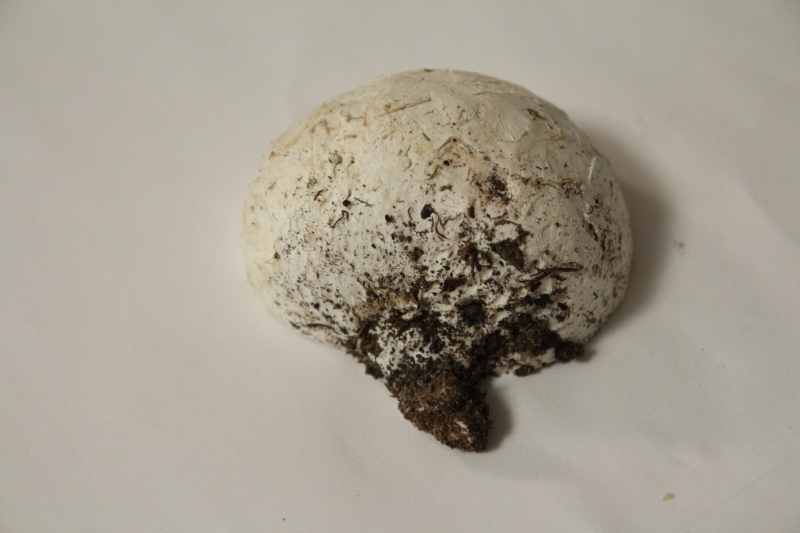Hmm I’m out of ideas then, sorry. Still wouldn’t hurt to do a single-layer test print (there are various models that put squares all around the bed) just to see how that’s looking. If the issue had been confined to one side or one corner it might have been a mechanical issue, but random areas makes it a lot harder to figure out.
If I remember right, jerk settings should be rather small, like single-digits, but I think calibrating your e-steps will go a lot further for cleaning up the prints.
One other step (and of course I cannot remember what this is called) is related to calibrating the filament ‘pressure’ along each path. It takes a bit of work to set up but the goal is to create a profile so you get a perfectly consistent amount of filament extruded through the entire length of a path, which compensates for excess amounts at the beginning and end of each path, or too little extrusion through the middle. You might even have to compile your own firmware to enable it if there’s not an option in Marlin to turn it on from the software (I was compiling my own anyway for a DIY direct-drive extruder), but it really does make a difference and it’s a set-and-forget thing that you only really need to do once.









Sorry, just because you’re not capable enough to work with something that wasn’t completely fine-tuned for you at the factory doesn’t mean many of the rest of us have any problems with these machines. I do manual bed leveling and I can walk away from my printer for a year, turn it on, and pop out as good of print as the previous time it was used. How well does your “real” printer work after a year of neglect and with all the fancy gizmos turned off?